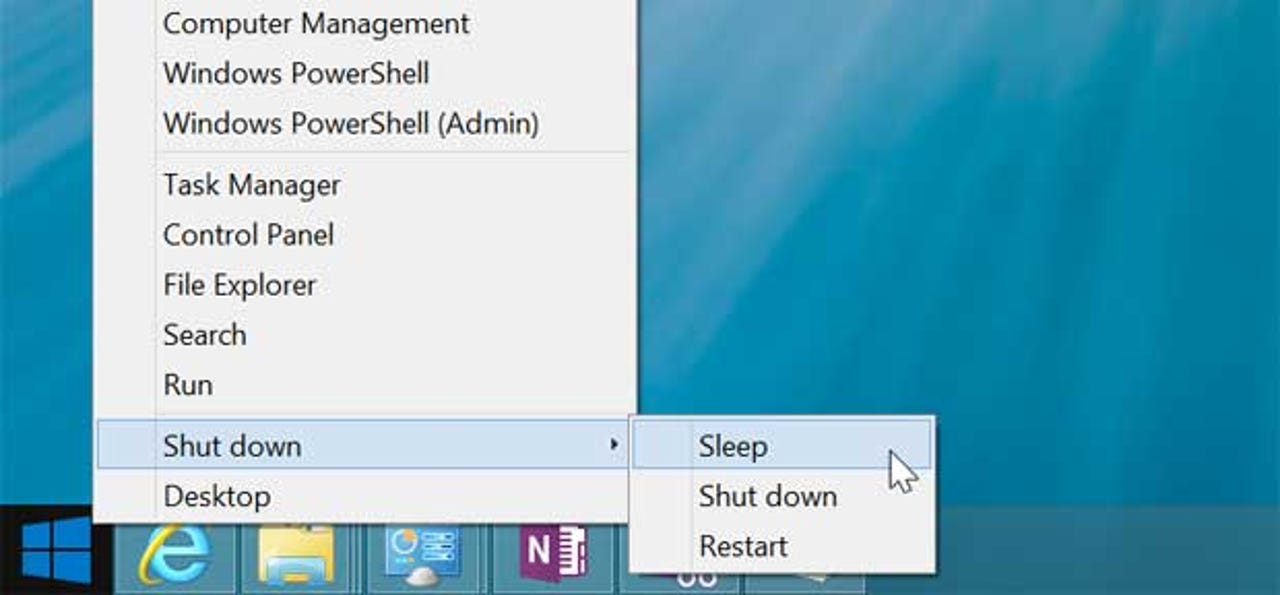With Windows 8.1, can Microsoft get its mojo back?

By any objective standard, the initial response to Windows 8 has been a mixed bag for Microsoft.
The Redmond giant has had to watch for the past eight months as the PC market it dominated for decades first sputtered and then stalled. It’s also had to listen to customers complain, sometimes vehemently, about the usability challenges of Windows 8.
And a good share of the blame for both situations can be traced right back to design decisions made several years ago by Microsoft executives in the early planning stages of what became Windows 8. They misjudged the hardware market, designing Windows 8 for 10-inch and up tablets and touch-based laptops, hitting the market as consumers discovered the joys of smaller devices. They overestimated their customers’ willingness to move beyond the desktop to a world where touchscreens rule. It didn’t help that the first wave of Windows 8 devices didn’t even have touch capabilities and that Windows 8 did almost nothing to help introduce customers to its radical new interface.

Many of the changes in Windows 8.1 were already on the drawing board when Windows 8 shipped last fall. But the just-released Windows 8.1 Preview no doubt includes a few exclamation points and a greater sense of urgency than the original plans. Microsoft has something to prove with this update.
After spending the day at the Build conference talking with developers and Microsoft managers (and poking at Windows 8.1 on a loaner Surface Pro in between meetings), I’ve come up with three key questions that Windows 8.1 has to answer:
Will consumers buy Microsoft tablets and touch-based hybrids?
As I noted a few weeks ago, a major goal of this release is to enable Windows 8 on small mobile devices. It’s no accident that the first device Windows boss Julie Larson-Green showed off at yesterday’s Build keynote was an 8.1-inch Acer tablet designed to be used in portrait mode. It looks like a pretty decent device for reading ebooks and online magazines, browsing the web and playing casual games, with the ability to transform into an honest-to-goodness PC on a moment’s notice.
Build 2013
The trouble is, the market is flooded with attractive alternatives: dirt-cheap Android devices, Amazon’s well-established Kindle Fire and the undisputed heavyweight champion of the space, Apple’s iPad and iPad Mini. It’s a rapidly growing segment, but Microsoft will have its hands full convincing consumers that Windows, with its long history as a PC operating system, can really deliver a pleasant tablet experience.
Will businesses commit to a future where the Windows desktop is perceived as a legacy product?
It’s a misconception to think that the traditional Windows desktop is a second-class citizen in Windows 8. Although the Start menu is gone, the Windows desktop is otherwise virtually unchanged, and all those legacy apps run as well as ever on Windows 8 — maybe even better than before.
But perception is everything, which is why Windows 8.1 has a Start button, a boot-to-desktop option and a set of options that can basically turn Windows 8 into… well, let’s call it Windows 7.5. If Microsoft had delivered this set of features last October, along with an easy set of tools for easing the transition for Windows desktop diehards, the outcry over the radical Windows 8 interface changes might have been less intense. But they didn’t, and now the risk is that businesses will stick with Windows 7 on traditional (non-touch) PCs and shun the innovations in hardware that should hit the market this fall.
That’s a recipe for a slow decline into a boring (but still probably profitable) niche.
Will developers deliver the apps to kickstart the new platform?
So far, the most successful app developers for Windows 8 are those making Start menu replacements. Ouch.
Microsoft didn’t help its own case by delivering weak Mail and Photos apps — the two categories that are arguably the most important parts of the modern mobile computing experience. And although the company demonstrated a very good-looking Mail update at yesterday’s keynote, that code isn’t in the Windows 8.1 Preview.
The real killer apps for Windows 8, the ones that will convince other developers to come along for the ride, are the Windows 8 versions of Word, Excel, PowerPoint and the rest of the Office family. And Microsoft’s still saying those apps won’t arrive until 2014. Really? That’s an awfully long time to wait.
So those are the very big challenges that Windows 8.1 faces. Place your bets.